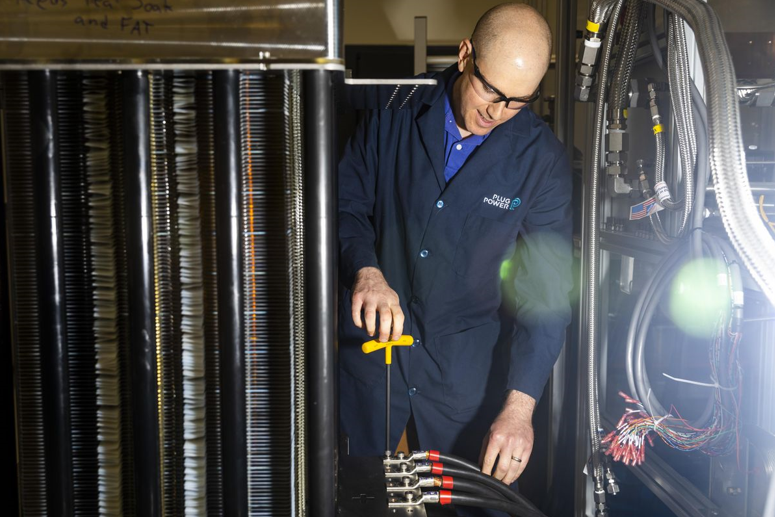2022—The Year the Hydrogen Economy Launched?
Source: Glen Zorpette | · IEEE SPECTRUM · | August 17, 2022
The Inflation Reduction Act and the war in Ukraine pump billions into clean hydrogen R&D
Among the technological visions that seem perpetually futuristic (think commercial nuclear fusion and maglev trains), the hydrogen economy has always been tantalizing. Hydrogen produced from renewable energy or nuclear power, with minimal greenhouse-gas emissions, could be piped or transported pretty much anywhere, using mostly existing infrastructure. It could power trucks, cars, planes, and ships and generate electricity, either in fuel cells or combustion turbines. In short, it could do anything fossil fuels do now, but with substantially reduced climate impact.
Now, after decades of false starts and overly optimistic projections, several factors are giving an unprecedented lift to clean hydrogen. In the United States, sweeping legislation capped a series of moves by the country’s Department of Energy (DOE) over the past year to drive down the cost of low-carbon hydrogen and stimulate demand for the fuel. And in Europe, a looming fossil-fuel crisis has sent officials scrambling to find alternatives to the 155 billion cubic meters of Russian natural gas that EU countries imported in 2021.
“You’re rapidly getting the cost of hydrogen down to where it is very competitive—and in many cases cheaper—than the fossil alternative. So that’s why the community is so excited.”—Keith Wipke, NREL
“I’ve been working in hydrogen for 20 years, and this is absolutely the most exciting time, the busiest time,” says Keith Wipke, manager of the Fuel Cell and Hydrogen Technologies Program at the National Renewable Energy Laboratory (NREL) in Golden, Colo. “There’s just so much activity.”

